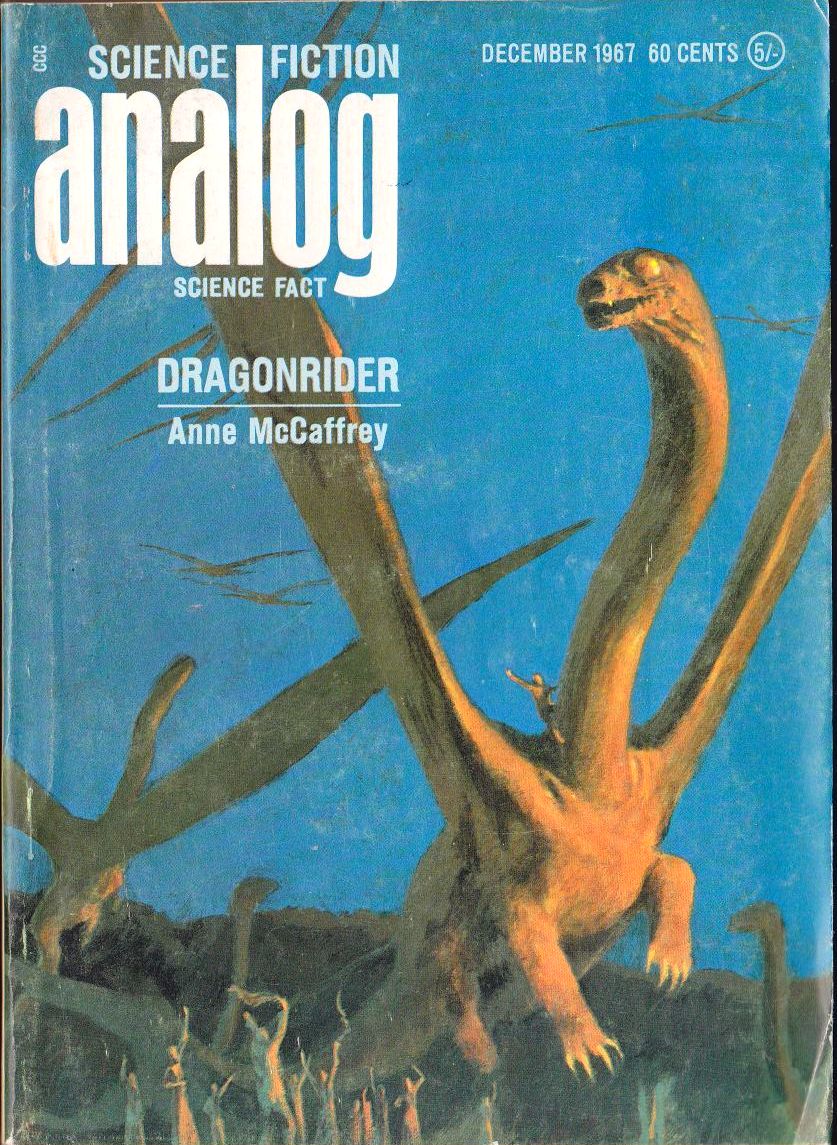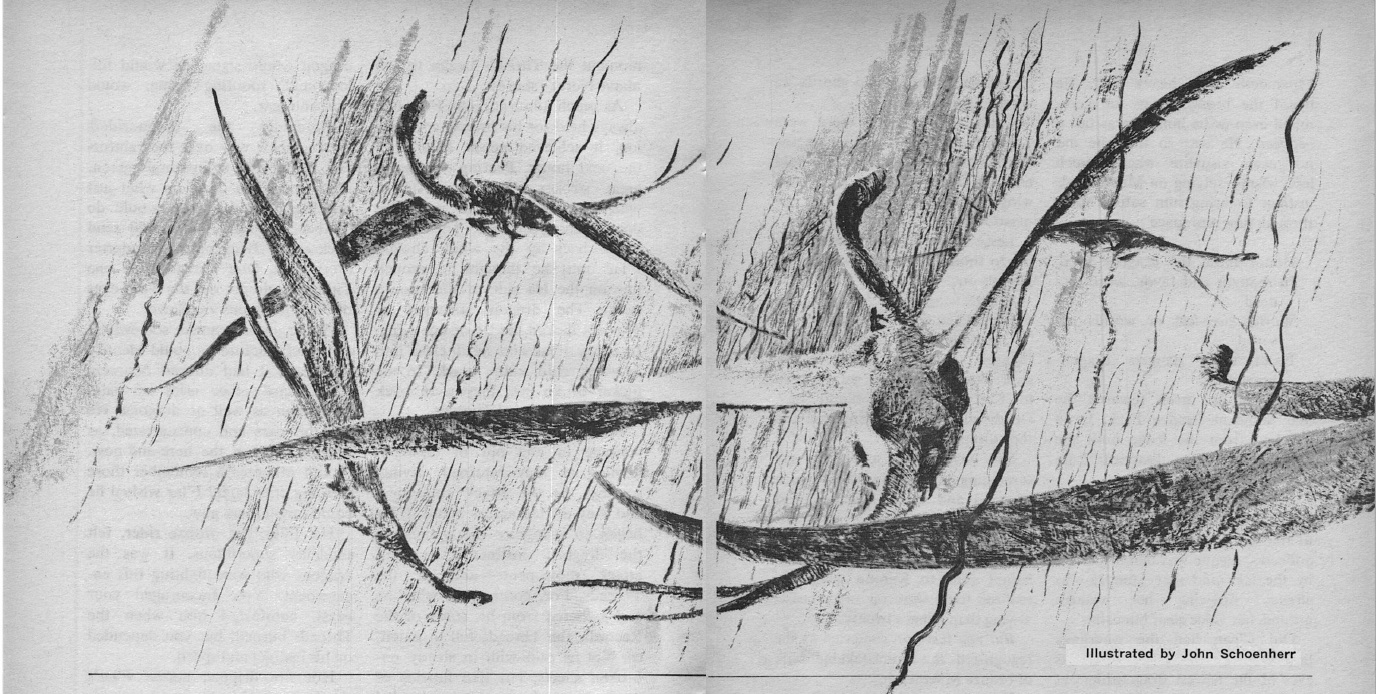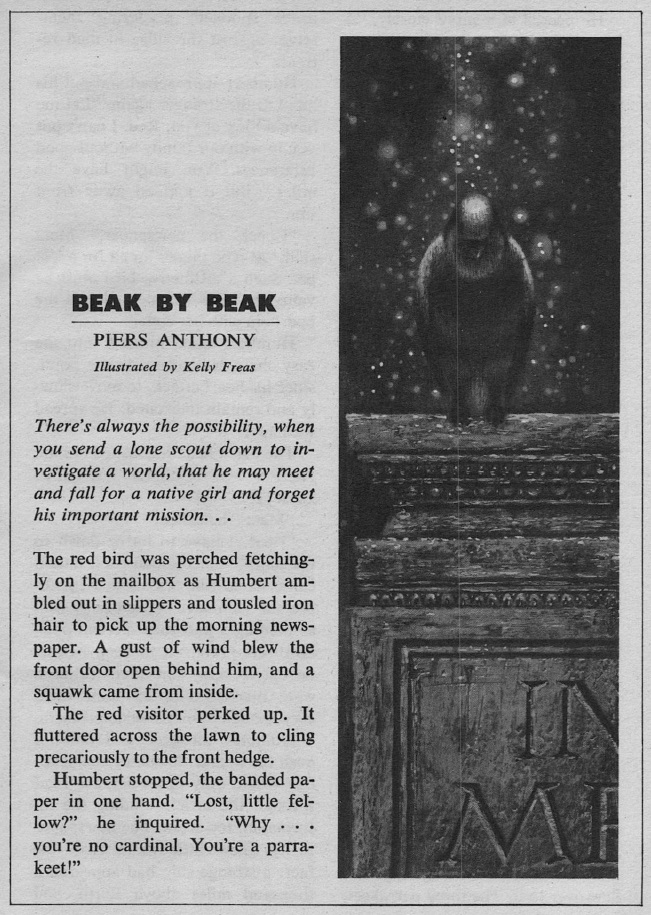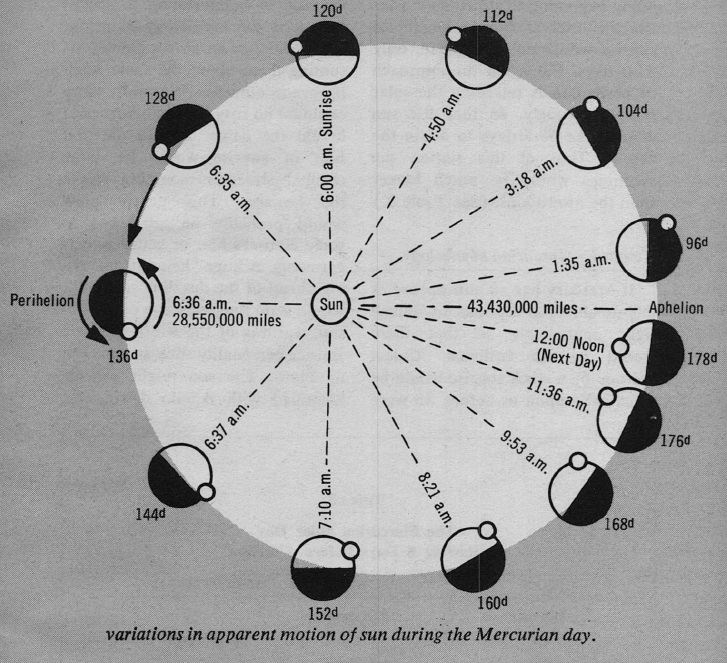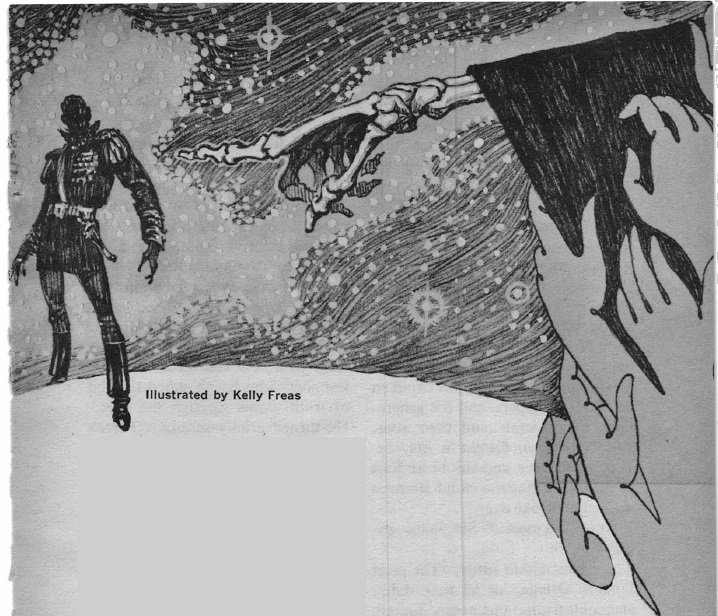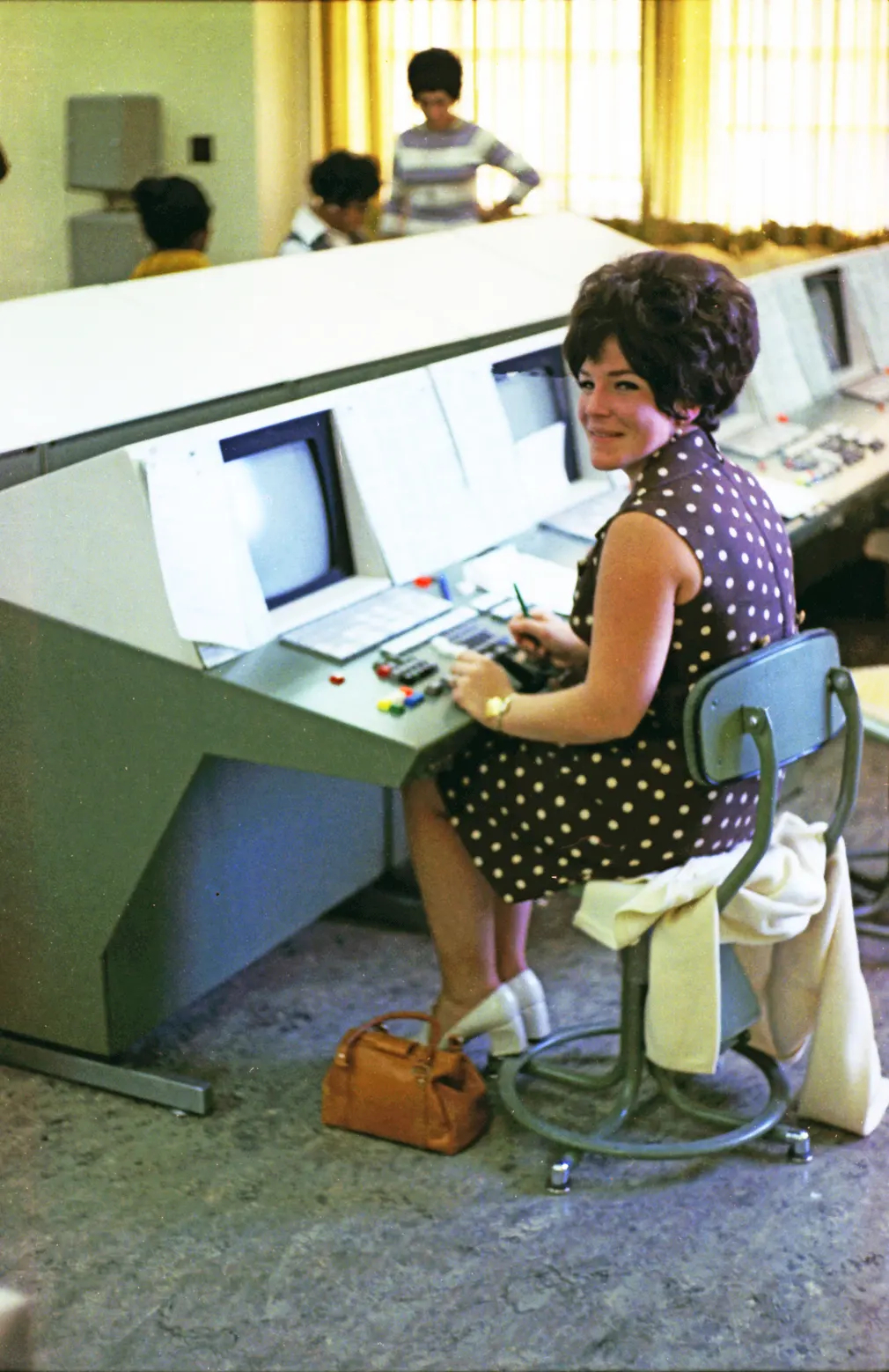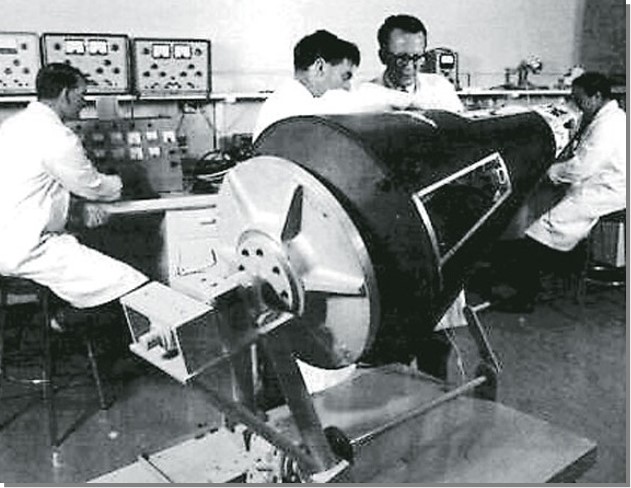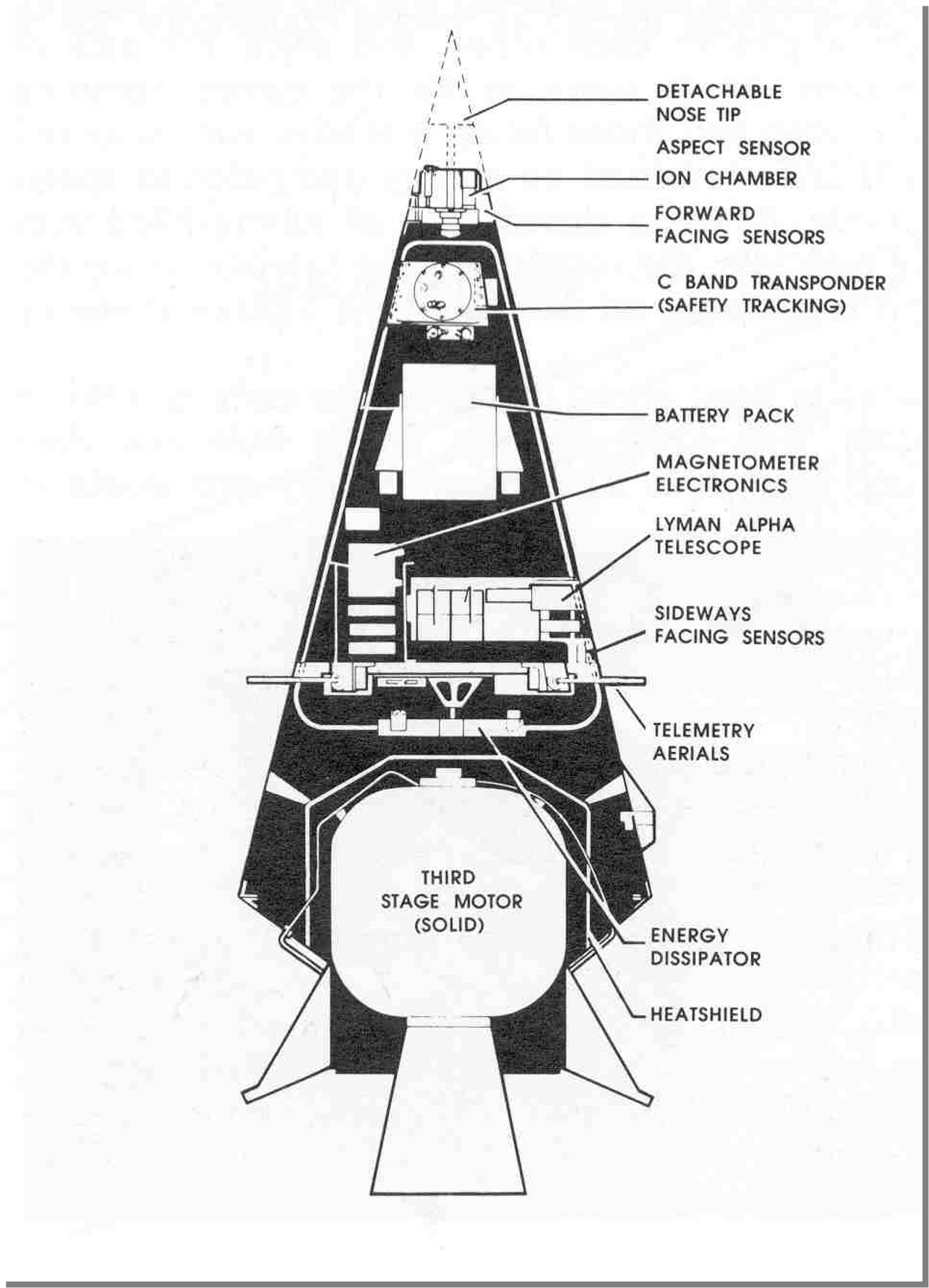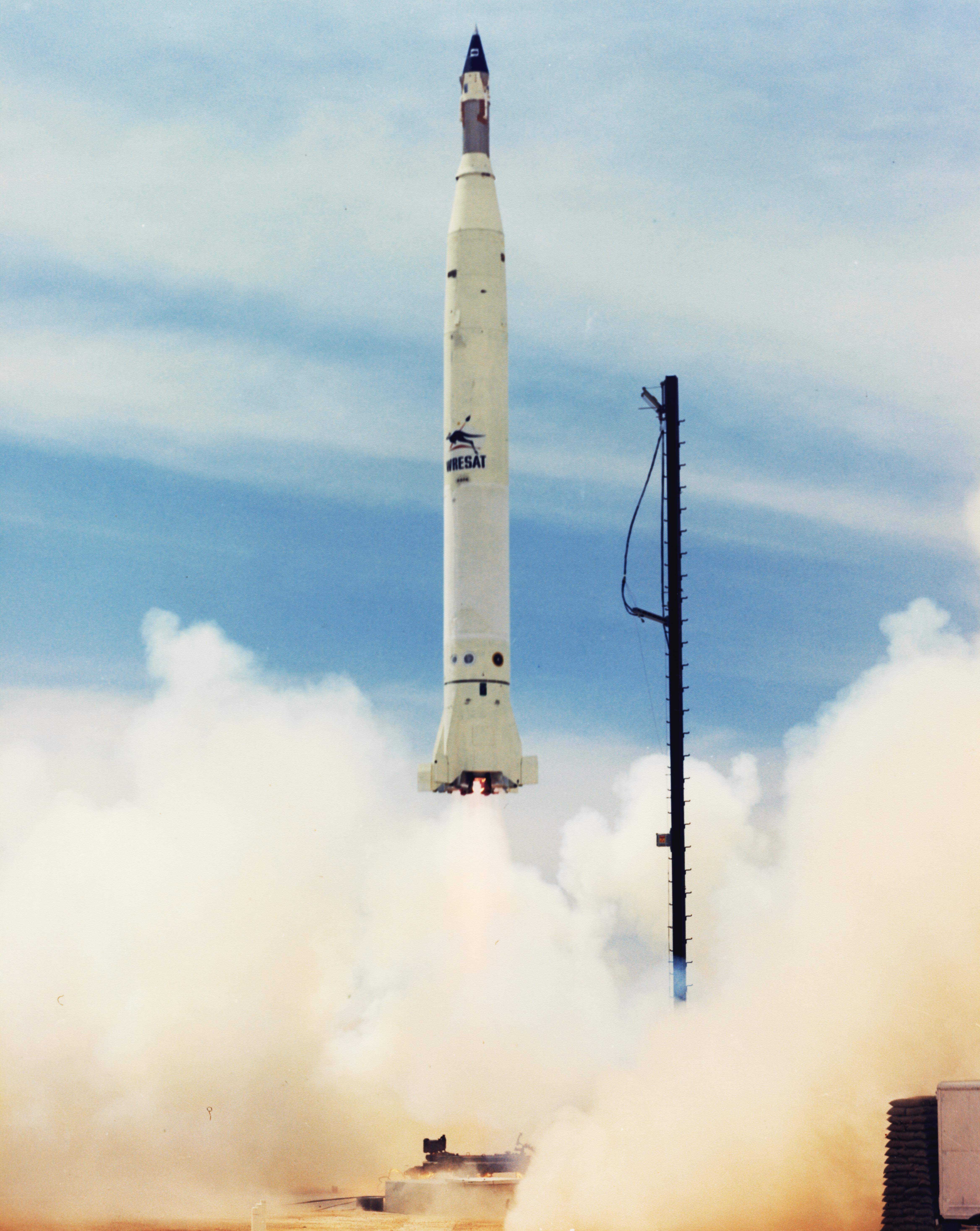
by Gideon Marcus
Evitability
There are some things you can count on in life: death, taxes, the North Vietnamese violating their own Christmas truce more than a hundred times.
But sometimes, life deals you surprises. For instance, who knew that Hubert Humphrey was still alive? Yet he must be kicking for he is currently in Africa on a goodwill tour of the continent.


And, as a fellow exclaimed when I gave him a preview of my thoughts on this month's issue of Analog, "A five star story in Analog? Really?"
Well, it's true. Read on and find out how it happened!
Expect the unexpected

The Bugs That Live at -423°, by Joseph Green and Fuller C. Jones
First off, a very long article on the teething troubles faced by the developers of the Centaur rocket. This powerful second stage is used atop Atlas and Titan missiles to send big payloads to Earth's orbit and beyond. To do so, it uses liquid hydrogen as a fuel, which entails a whole host of problems.
There is a lot of good information in here, but as is often the case in Analog science articles, its presentation is confusing. There are no section breaks, so the whole thing runs together such that even I, a professional space historian, found my eyes glazing over.
I've no idea if "Joseph Green" is the same one who writes science fiction for UK magazines. Probably not.
Anyway, three stars.
There is a Tide, by R. C. FitzPatrick and Leigh Richmond

by Kelly Freas
A couple of years ago, R. C. FitzPatrick started a series of stories about a surgeon who has perfected the technique of human brain transplants. The first story was mildly interesting but prolonged, and the second veered heavily into the uncomfortable zone of eugenics. After all, the transplant of a healthy brain requires a donor body…and it's hard to find ones that aren't inhabited, and don't even the feeble minded have the right to their own corpus?
Tide is the third story in the series, and by far the best. There are two parallel, intersecting plots. One involves a brilliant young physicist with inoperable cancer, who comes to the surgeon's sanatorium to wait for a suitable "transplant" candidate. The second pertains to a self-styled "Duke" of organized crime. Intelligent, ruthless, and aging, the mob boss wants a healthy body to get a new lease on life. Surprisingly, the surgeon is willing to take the Duke's case, even before the mafioso breaks out the threats.
There are some important distinguishing characteristics between Tide and its predecessors. For one, it is now stressed that only the truly brain-dead are eligible "donors". It's not a matter of finding more value in a smart brain and a moronic one; only a virtually untenanted body is acceptable. The writing is far more compelling in this piece, too, with lots of interesting asides that flesh out the characters and the world they inhabit.
But most importantly, the ethical issue is confronted head on. It doesn't matter if the AMA or politicians or ethicists oppose the technology of brain transplants. Once that genie is out of the bottle, someone will take advantage of it–if not the scrupulous, then the unscrupulous. As the first (somewhat) successful human heart transplants of this month have shown, this technology is no longer a pipe dream. We will someday have to face this issue. I felt this story did a better job of addressing this problem than Niven's (still pretty good) The Jigsaw Man, which came out a couple of months ago.
So how did FitzPatrick manage to write such a good story when his others were middling or worse? You'll notice the second name in the byline. I have a strong suspicion that Leigh Richmond is responsible for most of this piece. Certainly, she's the new variable.
Five stars.
… And Cauldron Bubble, by Bruce Daniels

by Kelly Freas
Of course, what goes up…
Bubble is a piece in epistolary form about a near future in which the United States has scientifically developed dowsing and other hocus pocus into a full cabinet department. This would be a frivolous but diverting piece in F&SF, but knowing as I do that Analog's editor, John Campbell, actually believes in the efficacy of dowsing, well, it reads like propaganda.
Two stars.
The System, by Ben Bova
Bova offers up this two-page cautionary tale about the dangers of overdirection of scientific development. It kind of steps on its own toes to make its message, though.
Two stars.
Such Stuff As Dreams …, by Sterling E. Lanier

by Kelly Freas
A dashing young space navy commander signs up to join a top secret spy organization that has the real power in the galaxy. He is subjected to a number of tests, mostly to try his patience, before being given the final exam: a test of survival on an alien world. The dangers are of monstrous, almost unbelievable proportion, and the candidate wonders why.
Of course, the title of the piece gives it away.
Competent but forgettable. Three stars.
Dragonrider (Part 2 of 2), by Anne McCaffrey

by Kelly Freas
Lastly, the conclusion to what will likely be a three-part fixup novel. The planet of Pern is faced with deadly peril: the Red Star approacheth, and with it, onslaughts of deadly rhysome "threads" that despoil all living things that they touch. The only defense is fire-breathing, telepathic dragons flown by specially selected riders. The problem is only one of the six dragonrider weyrs is still in operation, and that one is woefully understaffed.
F'lar, the head rider, thought he had a solution to this problem when he learned that Lessa, the rider of the dragon queen Ramoth, discovered the ability to ride her mount through time. Last installment, the weyrleader sent his brother and a team back in time ten years to raise a new crop of dragons. Unfortunately, living more than once in the same time is detrimental to one's health, and the endeavor was largely a failure. Now, the only hope lies in the past, and an historical ballad about the wholesale departure of five weyrs some four hundred years ago–to destinations unknown…
There are the bones of an interesting novel here, although the gratuitous use of time travel as a plot point usually creates more problems than it solves. Also, By His Bootstraps stories tend to be dull since you already know what's going to happen.
But the biggest problem here is that McCaffrey just isn't quite up to the story she's trying to tell. A fine teller of short stories (The Woman in the Tower and The Ship Who Sang being standout examples), she struggles with the longer format. Her characters are shallow and unpleasant. The "romantic" relationship between Lessa and F'lar is disturbing when it isn't annoying. Lessa's theme song might well be, "He Shook Me, and It Felt Like a Kiss", and the only ones privy to F'lar's love for Lessa are the readers since the weyrleader is determined never to show affection for his lady. Ugh.
The doggerel that prefaces each chapter completes the mask of mediocrity on this promising tale. Perhaps a combo of Jack Vance and Rosel George Brown (R.I.P.) could have done Dragonrider justice. And maybe, as my colleague David suggests, a story between the first and second parts could have smoothed the transition (something to be fixed pending novelization?)
It really is a shame since it's rare to get a sweeping epic from the perspective of a woman, and the first part made me hopeful. As is, this last segment, and the three-part story as a whole get three stars.
Doing the math

When you put it all together, the January 1968 issue of Analog ends up at 3.1 stars, just on the positive end of the ledger. That actually puts it at the #2 spot for the month, just edging out IF (3.1), and losing to Fantasy and Science Fiction (3.3). The rest of this month's mags finished below the middling mark, with Fantastic at 2.9, New Writings at 2.8, and the abysmal new Beyond Infinity garnering just 1.5. As a result, though six magazines were released, you could fill just two of them with four and five star stories.
The big surprise, though, is the resurgence in feminine participation. Women contributed 13% of the new short fiction produced this month. While still a low number, it is comparatively enormous. And more surprisingly, the bulk of the woman-penned work (at least by pages) was published in Analog.
If even fuddy duddy Campbell can produce a progressive mag, I think we've got good times in store as the calendar turns to 1968! Happy New Year indeed…


![[December 31, 1967] Surprise, surprise! (January 1968 <i>Analog</i>)](https://galacticjourney.org/wp-content/uploads/2022/12/671231cover-669x372.jpg)

![[November 30, 1967] One door closes… (December 1967 <i>Analog</i> and Australia joins the Space Race!)](https://galacticjourney.org/wp-content/uploads/2022/11/671130cover-672x372.jpg)
